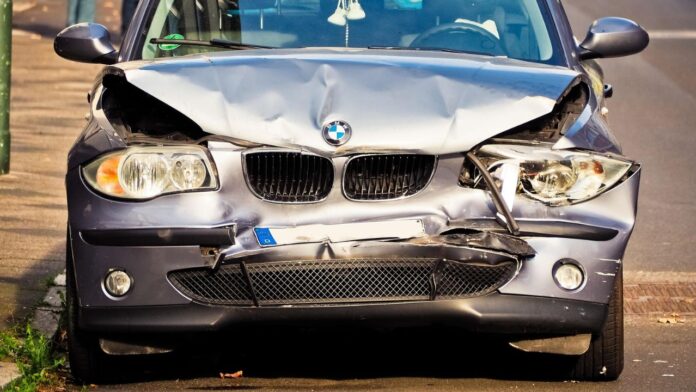Given how intelligent AI is today, it is quite evident that using the right tools enabled by AI is more reliable than human intervention during vehicle damage assessments.
While a typical AI model works great for detecting external damage (such as dents, scratches, etc.) on a vehicle, it might not be as efficient and even generate false positives during internal damage detection. This is mostly because internal damage detection isn’t always as straightforward as detecting external damages on vehicles.
While there’s no direct way to address this problem right now, there are companies that are working on building solutions using various workarounds to predict the extent of internal damages on a vehicle.
In this blog, we will explore solutions implemented by one such company (Inspektlabs) and how they use a two-pronged approach to solve this problem.
Let’s dive in!
1. Dismantled Parts
The first (and the more basic) method of internal damage detection is to inspect photos and videos of the vehicle’s dismantled parts.
In some cases such as inspecting brake discs and brake pads, AI-powered damage detection can generate reliable reports usingng the dismantled parts approach. For example, removing the wheel can help you immediately assess the brake disc condition since it is now visible to be captured using cameras.
However, while this method generates reliable results, it isn’t very feasible for the customer. Expecting them to dismantle each individual part and then upload the images for damage detection is unrealistic and also defeats the purpose of using AI-based damage detection to save time and effort.
The Dismantled parts approach is very use-case specific and Inspektlabs’ AI model works very efficiently in such use-cases and can generate a comprehensive report within seconds.
The functioning of this method is pretty straightforward (just like AI-based damage detection). The AI model is trained to analyse photos/videos of the dismantled parts by identifying the part being captured, assess the severity of damage (giving a % value), and also suggest whether the part has to be repaired or replaced.
2. Predictions based on the scope of external damages
In cases where the first method isn’t feasible, Inspektlabs opts for the second option which is predicting damages based on the extent of external damages on a vehicle.
By using information such as the depth and range of external damages, the AI model can make predictions of how much damage has occurred to the vehicle internally. The deeper the external damage, the higher the chances of internal damages.
There are two ways to predict damages based on external vehicle damage.
The first one is the generic car model approach –
In this case, the AI model first identifies the visible parts on the vehicle that have been damaged, then lists down the parts that have been damaged along with the category and severity score. With this information, it can suggest solutions such as replacement or repair.
The second one is the 3D car model approach –
This method is mostly used to deal with electric cars or vehicles with an atypical vehicle structure.
Since these vehicles do not follow the conventional vehicle structure, it can get tough for the AI model to make accurate predictions. In these cases, a 3D model of the car’s interior works well in assessing the extent of internal damages on a vehicle.
Conclusion
Accurately detecting internal damages is crucial for ensuring reliable vehicle inspection reports. If these damages go unnoticed or are reported incorrectly, it can lead to inaccurate insurance premiums and, more importantly, pose serious safety risks.
Undetected internal issues could cause accidents or lead to further damage in other parts of the vehicle. Fortunately, AI-powered damage detection offers a more dependable solution by minimizing human error.
It can effectively identify internal damages by analyzing dismantled parts and even make accurate predictions based on external damage assessments.

